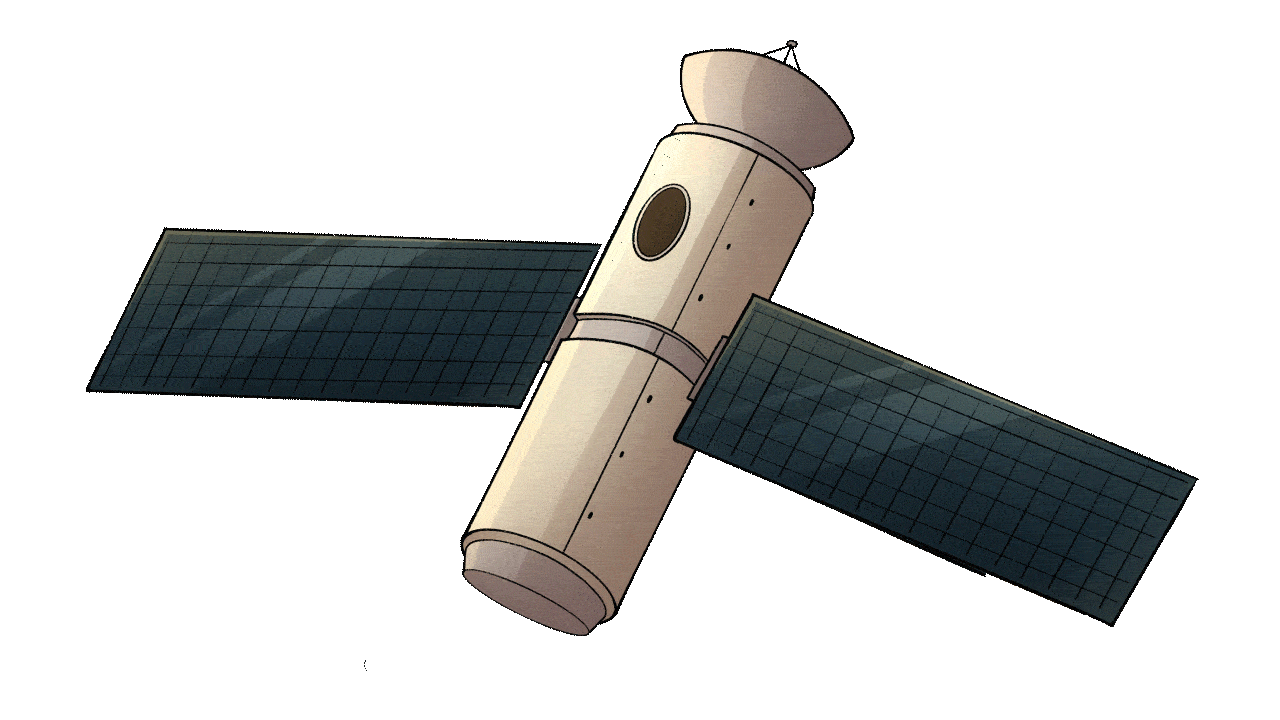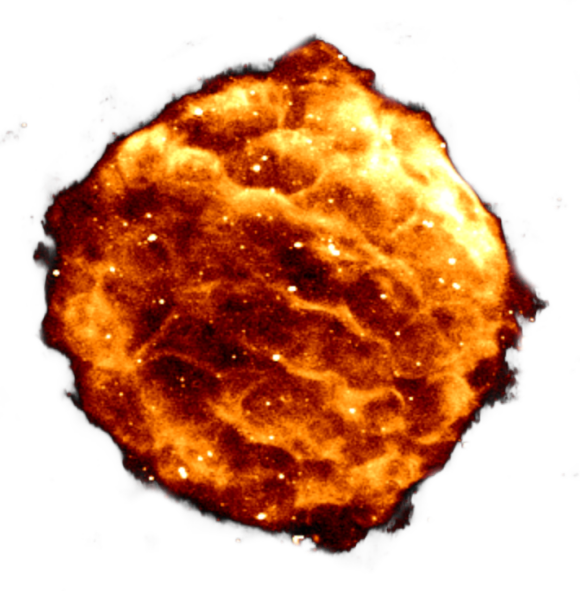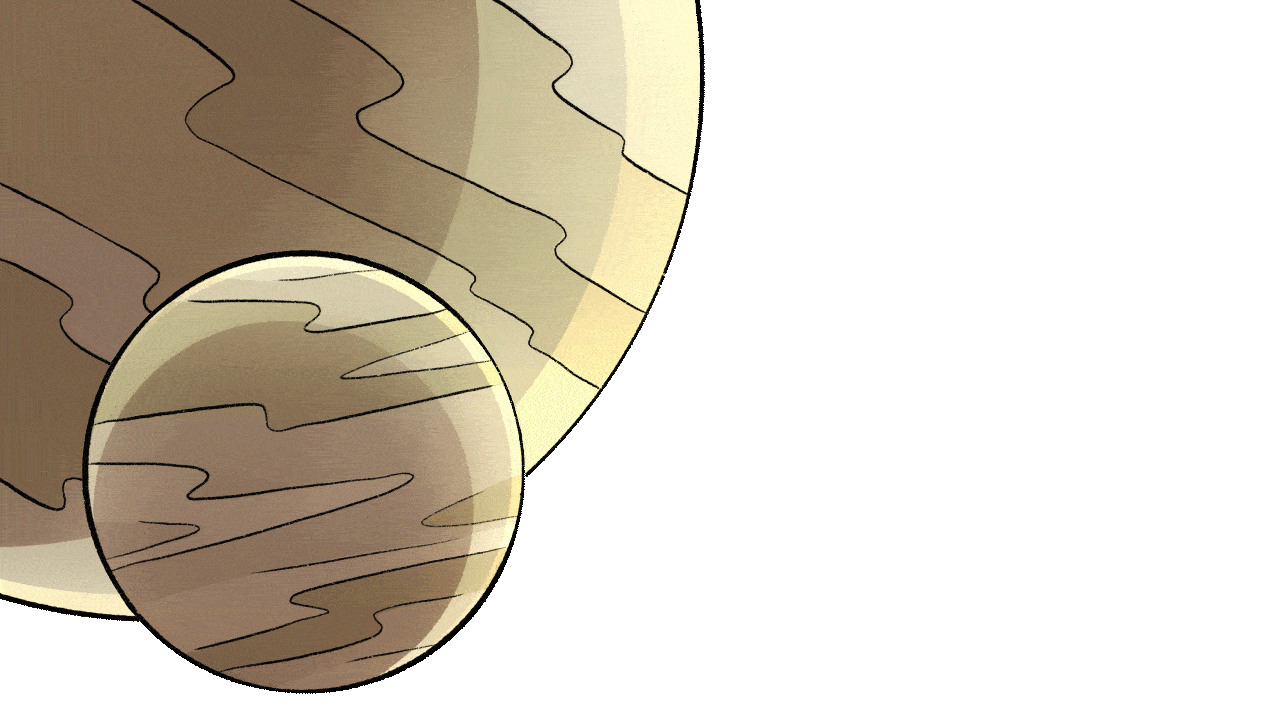

Unlocking the secrets of a million-year-old dying star
More than 50 years ago, CSIRO radio astronomer Eric Hill identified the remnant of a supernova at least a million years old and 10,000-15,000 light-years away from Earth.
Supernova remnants (SNRs) are the remains of powerful explosions from dying stars. The ejected material from the explosion ploughs outwards into the surrounding interstellar medium at supersonic speeds, sweeping up gas and any material it encounters along the way, compressing and heating them up in the process.
But while the remnant has long been known, it is now visible in incredible detail thanks to Setonix.
The team at CSIRO working on the ASKAP radio telescope were able to crunch through a 43-terabyte dataset to create a highly detailed image of the supernova remnant as part of tests putting Setonix through its paces.
Pawsey’s Dr. Pascal Elahi, working with Dr Wasim Raja, a researcher on CSIRO’s ASKAP team, said the supernova remnant’s dataset was selected to test the processing software on Setonix, given the challenges involved in imaging such a complex object.
The image of the SNR was made by combining data gathered at hundreds of different frequencies to create a composite view of the object.
In doing so, it opens the opportunity for physical properties such as magnetic fields and high-energy electron densities to be studied in unprecedented detail.
